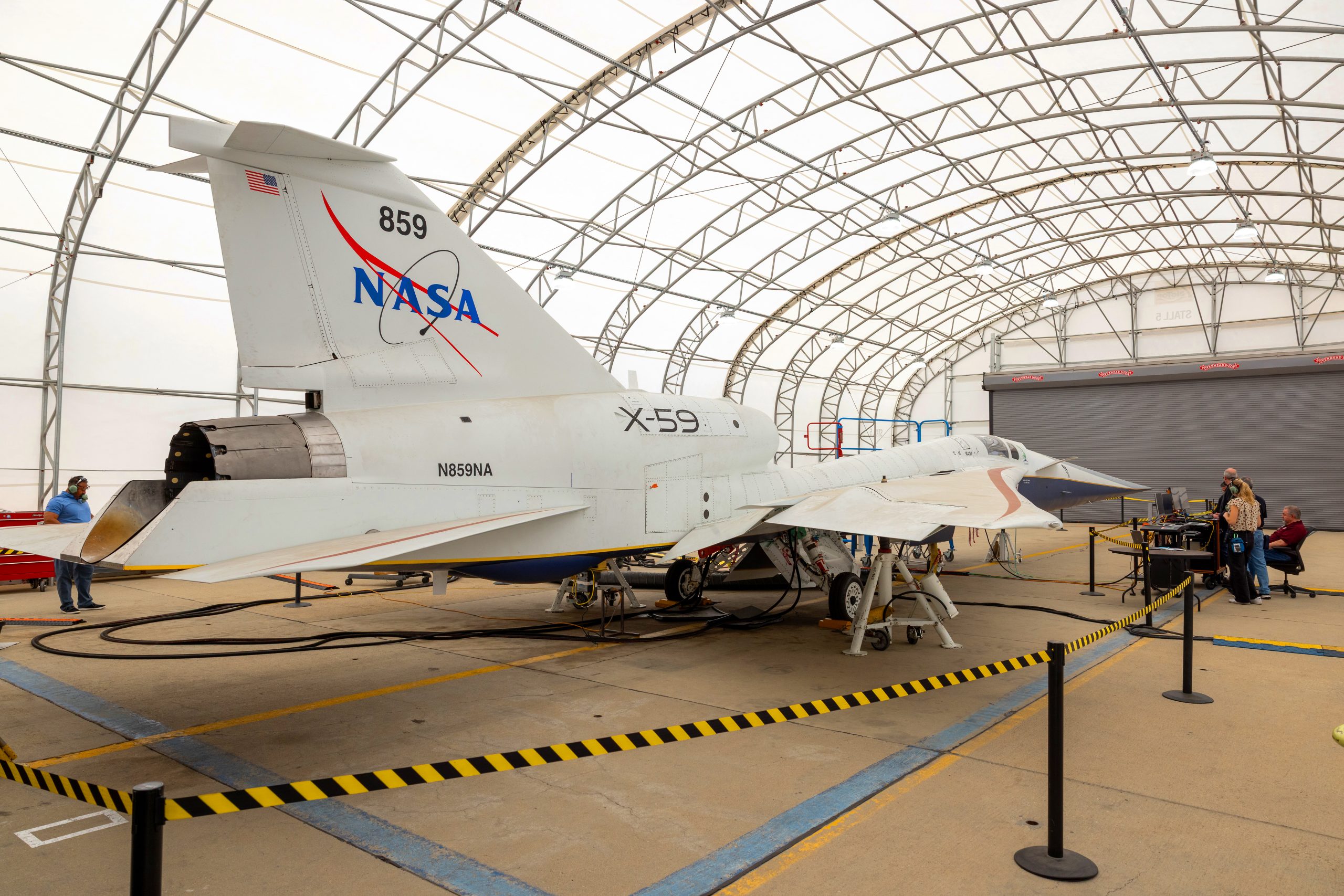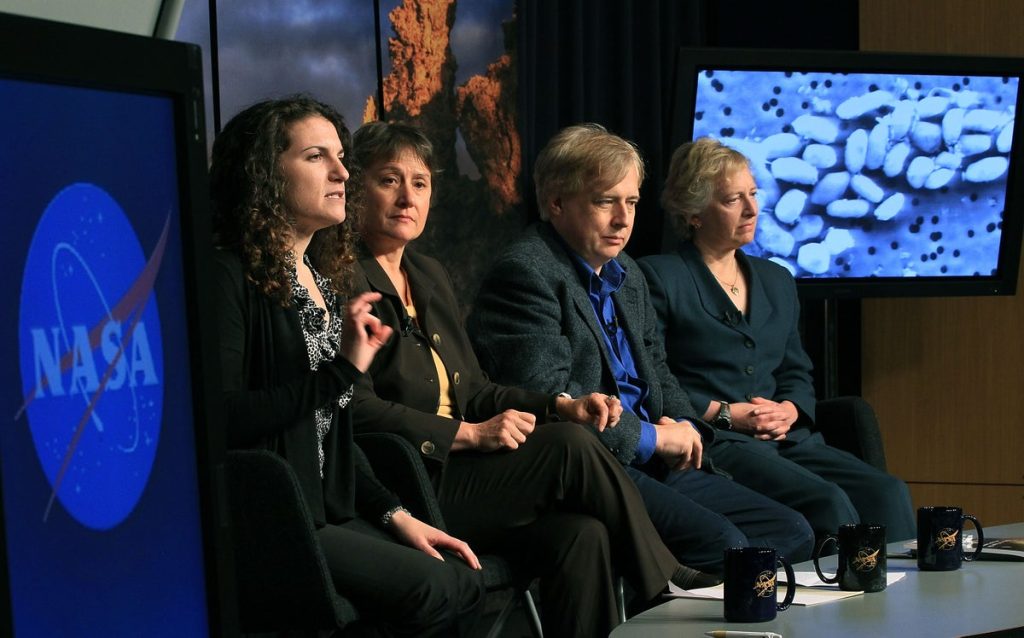Now Reading: NASA X-59 Achieves Ground-Based Flight Simulation Milestone
-
01
NASA X-59 Achieves Ground-Based Flight Simulation Milestone
NASA X-59 Achieves Ground-Based Flight Simulation Milestone

Quick summary:
- NASA’s X-59 quiet supersonic research aircraft completed critical ground-based simulation tests, known as “aluminum bird” testing.
- These tests ensured the flight computer and subsystems function properly as if the aircraft were flying, allowing engineers to verify safety and responses to potential system failures.
- Unlike conventional “iron bird” testing that uses replicas of subsystems on separate frames, the X-59’s unique design led teams to test directly on the actual airplane-a cost-effective solution that provided higher confidence in its design.
- Engineers from NASA and Lockheed Martin simulated various scenarios such as altitude changes, speed adjustments, and injected failures to verify response mechanisms. The pilot performed simple maneuvers during simulations.
- Key milestones already achieved include:
– Structural vibration checks for safety validation.
– Jet engine installation followed by afterburner power tests.
– Electromagnetic interference assessments for wiring systems’ reliability.- Cruise control functionality tests at specific speeds during flight simulations.
– A thorough Flight Readiness Review by self-reliant experts from NASA ensuring public and staff safety throughout developmental stages.
Indian Opinion Analysis:
NASA’s advancement with the X-59 aircraft represents a promising leap in global aerospace innovation focused on enabling quieter commercial supersonic air travel over land. While this project is spearheaded in california, its implications could resonate globally-including India-where a rapidly growing aviation industry is seeking sustainable advancements amid rising passenger demand. Quieter supersonic transit could be notably beneficial for densely populated countries like India by potentially reducing noise pollution around airports. Additionally, breakthroughs in cost-efficient testing methods such as “aluminum bird” trials reflect innovative practices that Indian aerospace organizations might consider adopting for their own R&D initiatives. For now, while direct developments may not engage India immediately, observing these milestones reinforces aspirations towards transforming international commercial aviation landscapes.



























